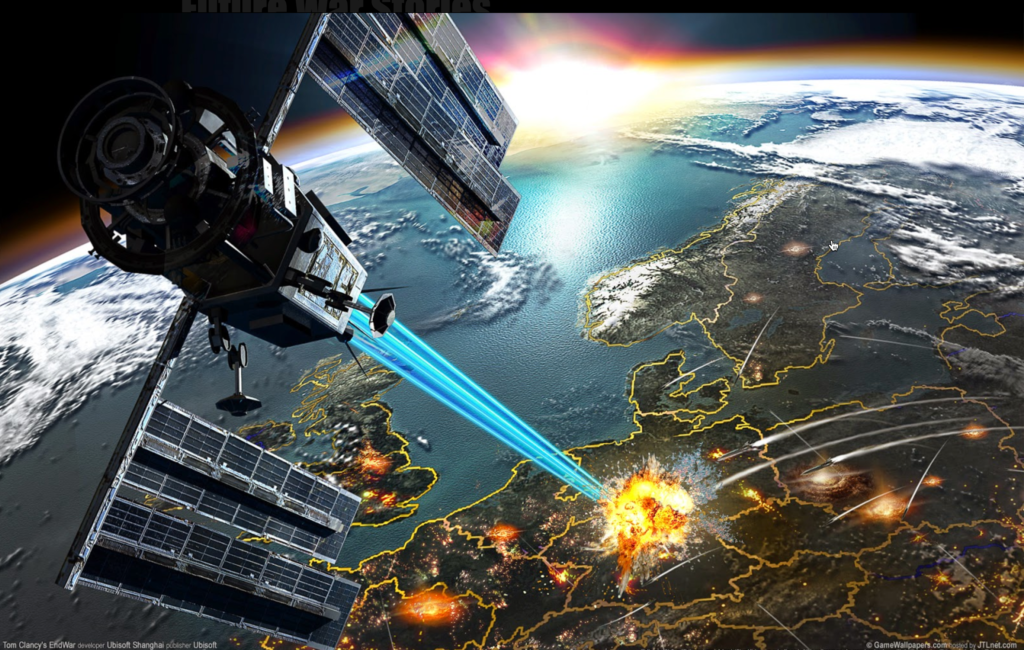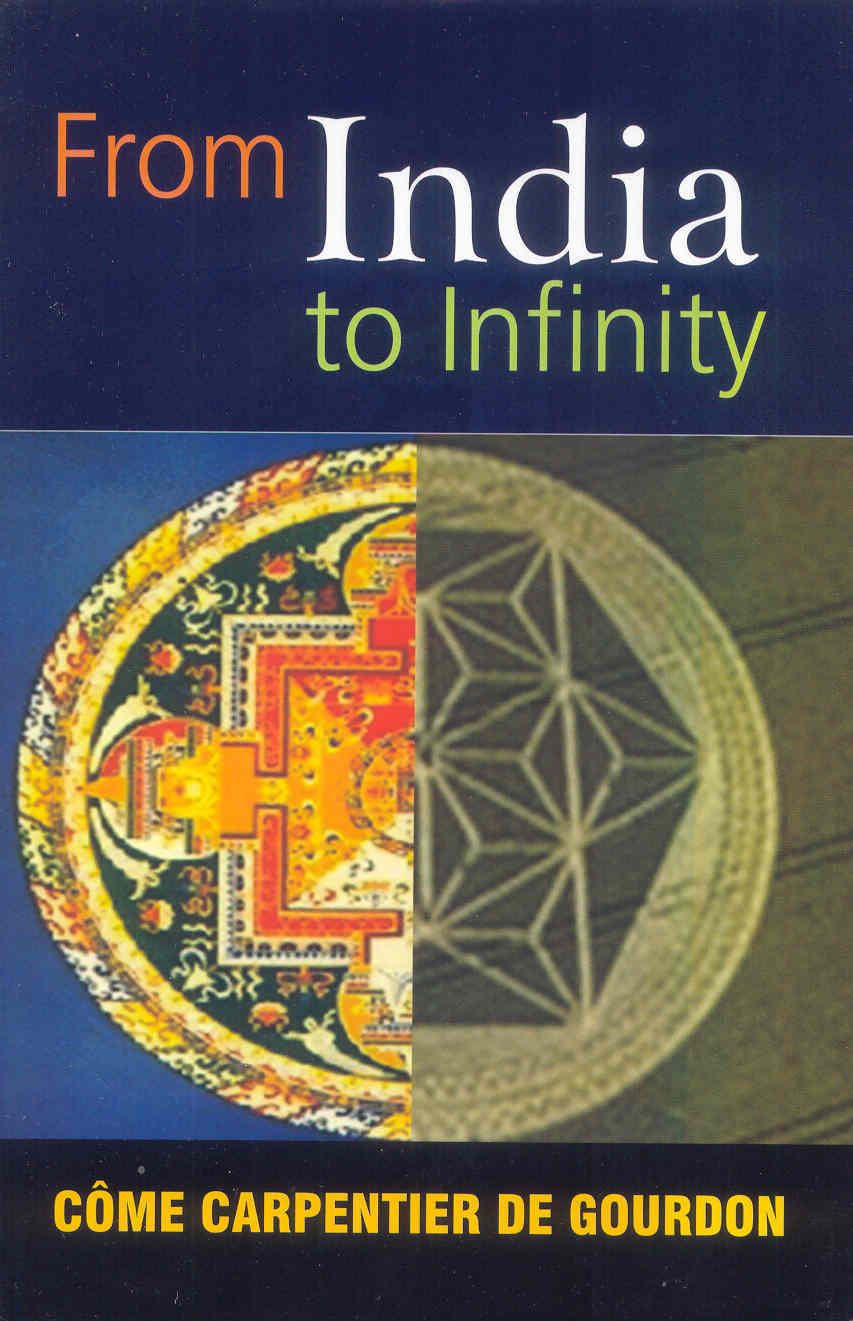Space Force Developing Offensive Capabilities in Space
Article by Frank Wolfe October 19, 2020 (satellitetoday.com)
• In 1958, the United States was the first nation to test an ‘Anti-Satellite’ (ASAT) weapon, launched from a bomber. Since then, Russia, China, and India have demonstrated their abilities to destroy orbiting satellites as well. US Air Force and Space Force officials have largely promoted the resilience and redundancy of US space assets and protecting them from enemy attacks. At last year’s Space Symposium, Air Force Chief of Staff Gen. David Goldfein stated, “If …your country is interested in participating in manned spaceflight, then you should not be …creating (a) risk to manned spaceflight. So demonstrating any capability that would create more (dangerous space) debris, in my mind, is a step in the wrong direction.”
• That type of thinking may have changed in 2007 when the Chinese demonstrated their anti-satellite weaponry on one of their own satellites, creating a swarm of space debris. “That was a clarifying event,” said Air Force Lt. Gen. B. Chance Saltzman, Space Force’s deputy chief of space operations. “I can almost chart from there the establishment of the Space Force, because suddenly space was contested.” “[T]hat kinetic attack on a satellite really shook the foundations that this is no longer a benign environment, and we started asking the questions about are we properly structured and organized and doing the right kinds of things to be able to maintain our advantage.”
• “[T]o some degree, the aggressive behavior of our competitors has clarified what we need to do as a nation and in the Department of Defense,” Saltzman continued. “They awoke the great giant that is the United States. [W]e are now moving rapidly toward developing capability to ensure that we maintain that strategic advantage…for a long time.” “I think the best defense sometimes is a good offense.”
• In April, after Russia tested a direct-ascent ASAT, John “Jay” Raymond, the Space Force’s chief of space operations, called it “further proof of Russia’s hypocritical advocacy of outer space arms control proposals designed to restrict the capabilities of the United States, while clearly having no intention of halting their counter-space weapons programs.”
• A recent ‘Roadmap for Assessing Space Weapons’ report from Aerospace Corporation‘s Center for Space Policy and Strategy said that the U.S. should not rush headlong into the development of new space weapons. “To avoid Russia and China imposing unnecessary costs on the United States, US decisions on space weapons should not be made simply in reaction to China and Russia’s space weaponization. US decisions on space weapons require an exhaustive comparative analysis of the value to US national security to develop, build, and deploy any type of space weapon, and the downsides to such a decision. Is the United States better off with or without space weapons of any type? …The analysis might lead to a conclusion that certain types of weapons or certain functions of such weapons are advantageous while others are not.”

The U.S was the first nation to test Anti-Satellite (ASAT) weapons in 1958 with bomber-launched ASATs,  and three other nations have demonstrated the ability to destroy orbiting satellites — Russia, China, and, most recently, India, with a test in March last year. Officials from the U.S. Air Force and the U.S. Space Force have largely confined themselves to talking about building the resilience and redundancy of U.S. space assets and protecting them from enemy attacks, such as ASATs.
and three other nations have demonstrated the ability to destroy orbiting satellites — Russia, China, and, most recently, India, with a test in March last year. Officials from the U.S. Air Force and the U.S. Space Force have largely confined themselves to talking about building the resilience and redundancy of U.S. space assets and protecting them from enemy attacks, such as ASATs.
At last year’s Space Symposium, Air Force leaders discussed space deterrence through a lens of rapid response to adversary actions, and then Air Force Chief of Staff Gen. David Goldfein told Via Satellite sister publication Defense Daily that an ASAT test “absolutely isn’t the way” to demonstrate a space deterrent capability.

“If you take the long view and your country is interested in participating in manned spaceflight, then you should not be contributing in any way, shape or form to creating risk to manned spaceflight,” he said. “So demonstrating any capability that would create more debris, in my mind, is a step in the wrong direction.”
That thinking may be changing.

“I was on the ops floor in 2007 when the Chinese shot their own satellite down,” Air Force Lt. Gen. B. Chance Saltzman, Space Force’s deputy chief of space operations for operations, cyber, and nuclear, said during an Oct. 16 Aerospace Nation forum sponsored by the Mitchell Institute for Aerospace Studies. “That was a clarifying event, and I can almost chart from there the establishment of the Space Force because suddenly space was contested.”
“We knew there was other kinds of [space] contesting going on, but that kinetic attack on a satellite really shook the foundations that this is no longer a benign environment, and we started asking the questions about are we properly structured and organized and doing the right kinds of things to be able to maintain our advantage,” Saltzman said.
“And so, to some degree, the aggressive behavior of our competitors has clarified what we need to do as a nation and in the Department of Defense,” he said. “They awoke the great giant that is the United States, and we are now moving rapidly toward developing capability to ensure that we maintain that strategic advantage. We’re going to be able to compete in that area for a long time.”
FAIR USE NOTICE: This page contains copyrighted material the use of which has not been specifically authorized by the copyright owner. ExoNews.org distributes this material for the purpose of news reporting, educational research, comment and criticism, constituting Fair Use under 17 U.S.C § 107. Please contact the Editor at ExoNews with any copyright issue.












